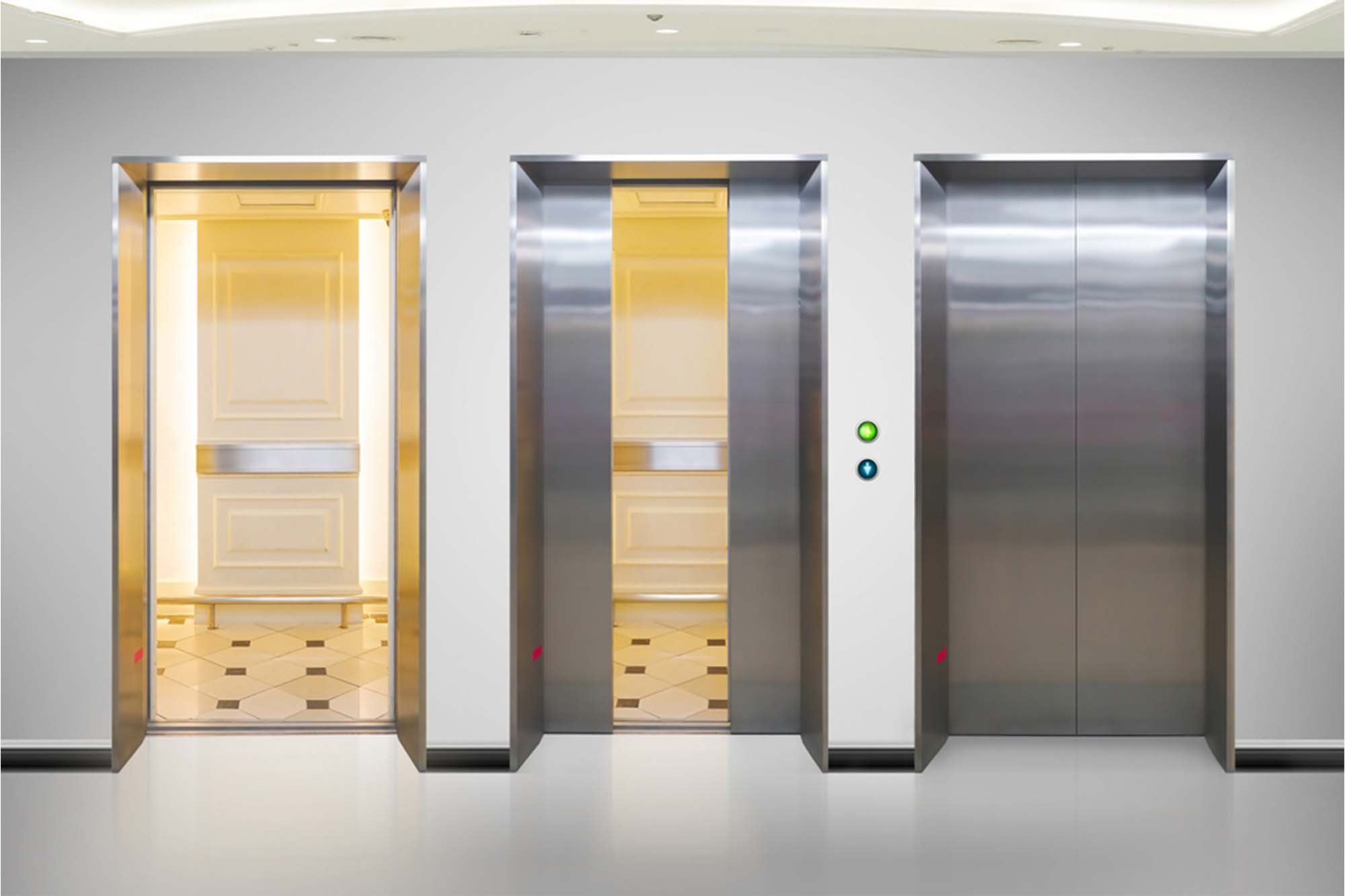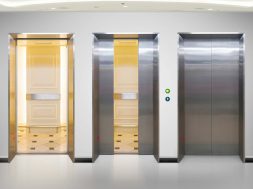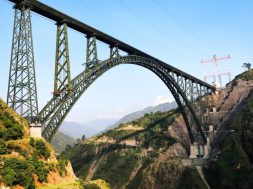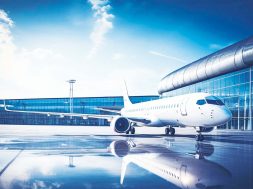Safe lifts

Experts in the Indian elevator industry shared their views of the elevator industry and their comprehensive approach to elevators’ upkeep and advancement, emphasising maintenance protocols and innovative modernisation strategies.
The elevator market in India is experiencing significant growth, driven by rapid urbanisation, infrastructure development, and increased investments in residential and commercial real estate. With the government’s push for smart cities and the expansion of high-rise buildings, the demand for efficient vertical transportation solutions is rising.
Challenges
With increasing growth, the elevator industry faces pressing challenges such as ageing infrastructure, technological integration, safety compliance, skilled workforce shortages, real-time monitoring, and environmental impact. To address these, industry stakeholders, including manufacturers, technology firms, government agencies, and training institutes, must collaborate on standardising protocols, advancing R&D, creating comprehensive training programs, leveraging data analytics for predictive maintenance, forming public-private partnerships, and educating customers on maintenance benefits.
In the online interaction with ACE Update Magazine, Mr. Krishna Kumar Ravi, President & CEO of PAPL Corp, states, “Skilled staff is critical for elevator maintenance, particularly given the scarcity of such expertise. With ageing elevators and older technologies still in use, ongoing education and training are essential. The availability of replacement components and the lack of clear government policies on upgrading further complicate matters. Ensuring safety goes beyond maintenance to highlight the overall importance of safety in the sector.” In response, Mr. Aditya Kumar, MD & CEO of Victora Lifts, highlights significant challenges in modernising old elevator systems, including structural issues, technological integration, and regional legal regulations like the Bombay Elevator Act. Inadequate maintenance can lead to prolonged downtime, impacting occupants.
Parallel to the above discussion, Mr. Rajnikant Lad, Founder of Elevator Auditor, stresses the risk of small contractors compromising safety due to cost constraints. He suggests clients negotiate long-term service contracts with primary suppliers to enhance safety and profitability, leveraging significant profit margins in service contracts. This collaboration can prevent safety breaches and reduce accidents, benefiting all parties. Mr. Prabodh Kumar, CEO of Hybon Elevators, advocates for modular solutions and prioritises safety over cost. He suggests, ” replacing complete modules ensures safety and reliability, although it may entail higher expenses.”
Trends
Emerging design trends in elevator aesthetics reflect broader architectural preferences by favouring sleek, minimalist designs, sustainable materials, and smart technology integration. Clean lines, glass elements, and eco-friendly materials align with contemporary architectural trends for simplicity and sustainability. At the same time, intelligent features cater to the demand for efficiency and innovation, showcasing an amazing combination of innovation and functionality.
Prabodh highlights how elevators have evolved into integral elements of building interiors and integrated into architectural designs. He draws attention to the increasing popularity of designer or customised elevators, which comprise 50–60 percent of the market and are driven by their elegant appearance despite higher costs.
Opportunities
Integrating elevator systems with other building technologies in smarter buildings requires open protocols, collaboration with technology providers for API development, and centralised control systems. Regular training and ongoing collaboration ensure efficient management and continuous innovation. Rajnikanth stresses that “Occupant safety in multipurpose buildings is important, for which architects should integrate emergency exits into designs. With advances in AI and predictive technologies, potential elevator issues like rope wear and motor faults can now be anticipated, facilitating rapid maintenance updates and enhancing overall safety.”
Incorporating renewable energy sources into elevator systems presents an opportunity to reduce dependence on traditional power grids and enhance sustainability. Solar panels, wind turbines, and regenerative drives can capture and utilise renewable energy, while energy-efficient lighting and sensors minimise electricity usage. By harnessing renewable energy, buildings can lower their carbon footprint, reduce energy costs, and contribute to a more sustainable future. Krishna Kumar accentuates the challenge of harnessing abundant energy for usable electricity, particularly in large structures with significant power requirements. He states, “While renewable energy sources like solar power may not be applied to such buildings, regenerative drives that have already been integrated into elevator systems offer a promising solution.” He anticipates future investments from larger corporations in sustainable elevator materials, enhancing overall energy efficiency.
Maintenance and repair
Regular preventive maintenance checks are critical for elevator safety, as modern elevators have overspeed governors, intercoms, alarm systems, fireman switches and automatic rescue devices. Smart sensors, predictive controller systems, and remote monitoring contribute to increased safety, further enhanced by governance and standard rules. While interior design preferences change, safety must remain a priority. Comprehensive training for service engineers, as well as public awareness campaigns about emergency protocols, are essential. Establishing emergency readiness units, performing simulation drills, and using data analysis all help to improve elevator maintenance and safety. Every elevator, regardless of location or type, has a ventilation system to maintain appropriate airflow and circulation within the cabin. These ventilation systems are designed for each elevator model and installation, with specialised choices available.
Advancements
Advancements in safety standards continue as regulatory bodies strive to meet evolving needs. Ongoing legislative developments prioritise safety, performance, and customer satisfaction, necessitating frequent updates and thorough testing to ensure compliance and efficiency. While perfection remains elusive, ongoing efforts reflect a steadfast commitment to safety improvement. Regarding IoT, elevators have long been connected, with advancements allowing for more streamlined data transfer. Clear policies ensure transparency, accountability, and optimal elevator performance, benefiting users and companies through improved customer service and predictive maintenance. Aditya highlights how integrating IoT with smart metres and building automation systems has enhanced energy management and monitoring, underscoring the importance of transparency and reliability in elevators.
Cookie Consent
We use cookies to personalize your experience. By continuing to visit this website you agree to our Terms & Conditions, Privacy Policy and Cookie Policy.









